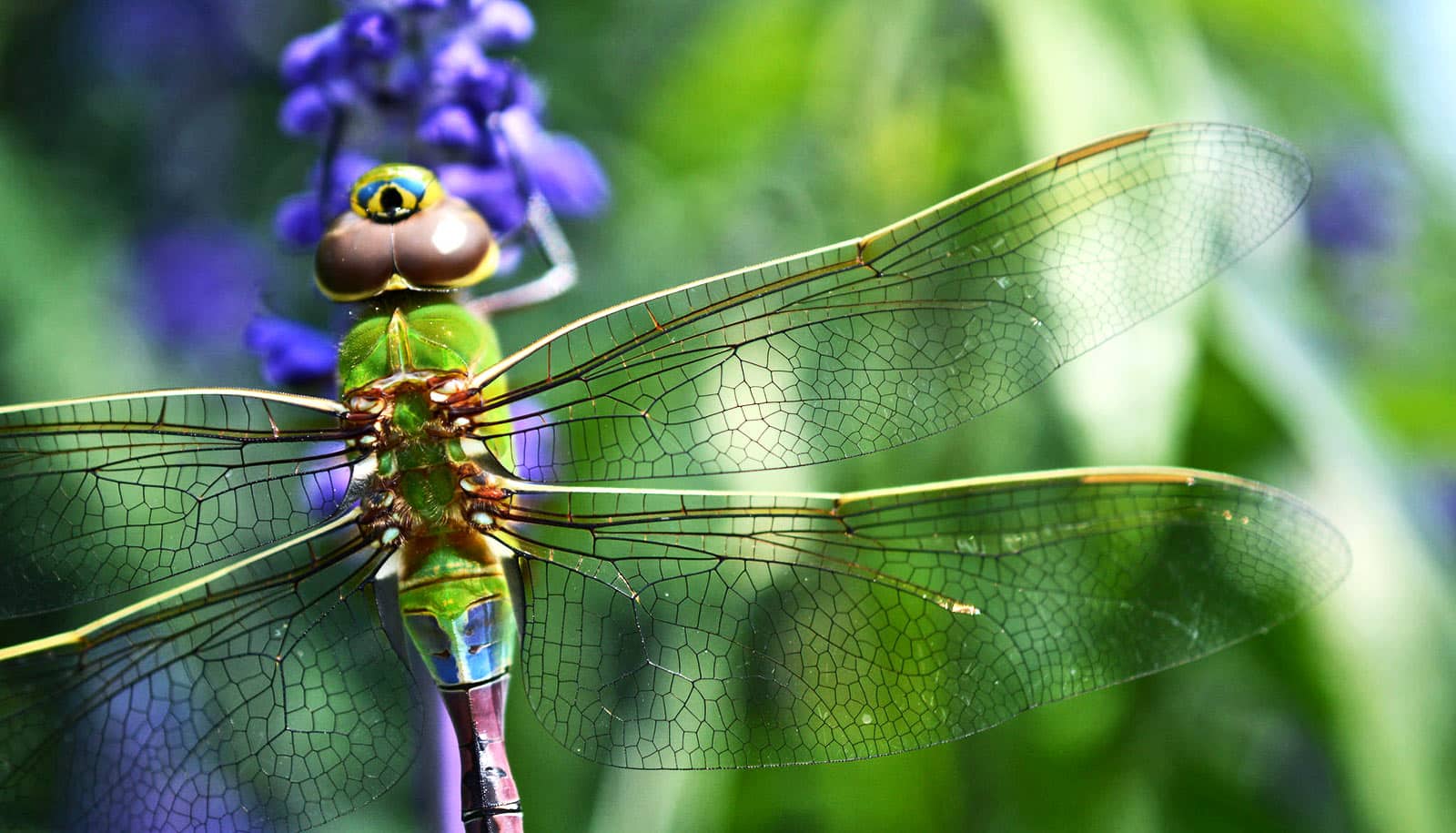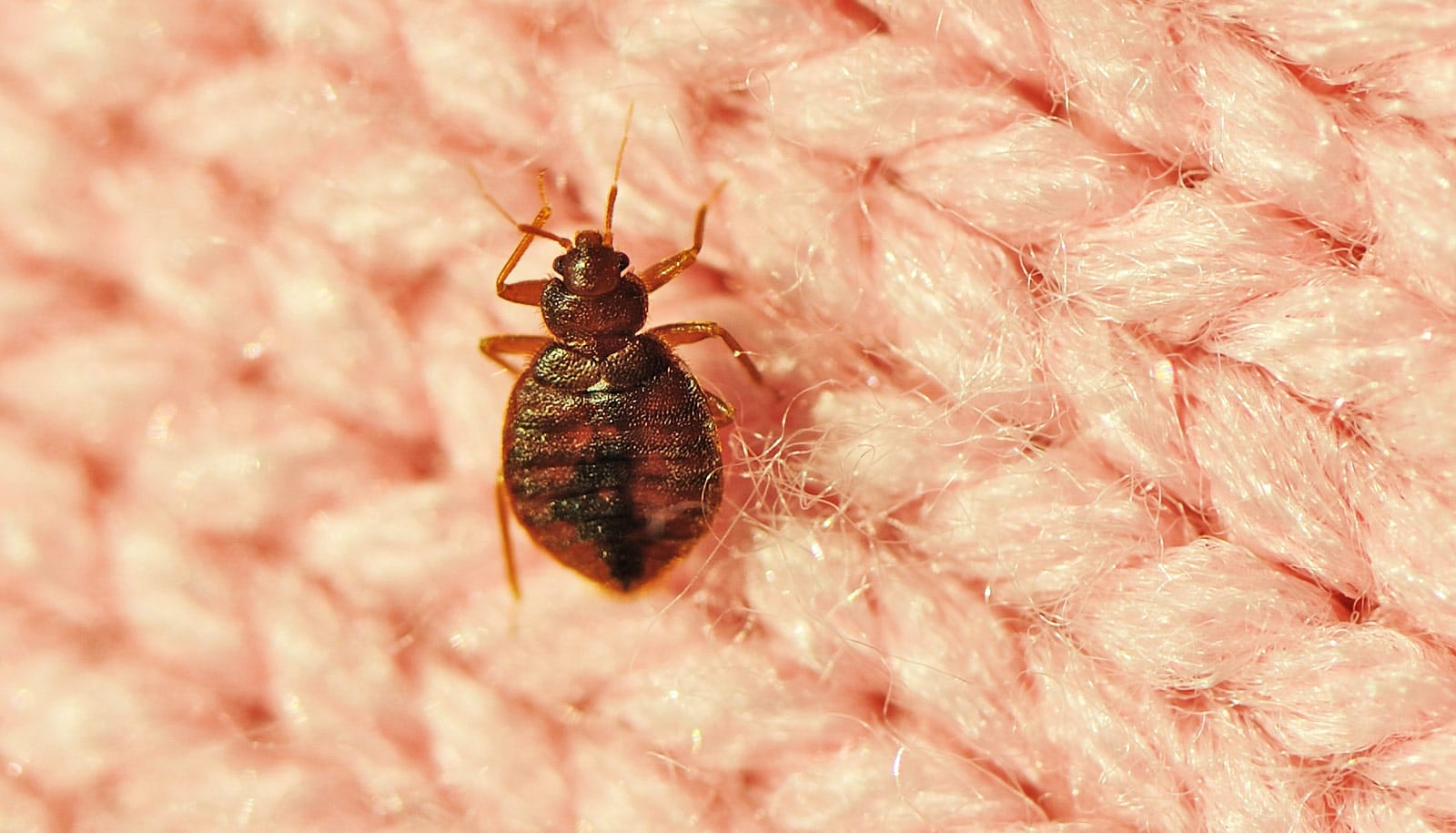Biology researchers have found that polyploidy, the duplication of whole genomes, has occurred many times during the evolution of insects, the most diverse group of animals.
The discovery helps resolve a conundrum puzzling scientists for more than a century.
Evolutionary biologists long have known that genome duplication was a common part of the evolution of plants, and Barker specializes in methods to detect the history of polyploidy in their genomes.
“We know that plants like kale, broccoli, cabbage, turnips, cauliflower, sunflower, soybeans, rice, corn, wheat—all those things that we eat and more—have all experienced polyploidy in their ancestry. We know these plants have done this a lot and we can see this in their genomes,” says Michael S. Barker, assistant professor and director of bioinformatics in the University of Arizona’s ecology and evolutionary biology department.
Until now, there had been no evidence for this mechanism of genome evolution in insects, and scientists have been mystified as to why plants and animals have evolved so differently.
Scientists were already studying genetic mutations and chromosomes in the late 1800s. By the 1930s, it was clear that many plants had doubled sets of chromosomes, but this appeared to be very rare in animals.
The famous evolutionary biologist Theodosius Dobzhansky observed in 1937 that the biggest difference between the evolution of plants and animals may be polyploidy. The reasons for this difference have eluded biologists over the last century, but new analyses of genomes are revealing ancient duplications in places that Dobzhanksy and his contemporaries could not see.
Barker and his team created their own bioinformatics program to measure and characterize gene duplications in the insects, just as they do in plants. They found evidence of 18 putative “whole genome duplications” and at least six other “bursts” of gene duplication that occurred during the evolution of insects.
“When Li first approached me about analyzing insect data, I thought, ‘Sure, let’s do it, but we probably won’t find anything because sequenced insect genomes did not appear to have been duplicated, unlike the first plant genomes,'” Barker says.
“Yet our analyses found the same genomic signatures of polyploidy in insects that we have observed in many plants. In the historical context of work on polyploidy, even from the plant perspective, this was shocking.
4-eyed lizard offers clues to vision’s evolution
“We care about where novelty and innovation come from in organisms,” he says. “Our results tell us that many of the models and hypotheses about novelty and polyploidy, developed from the study of plants, fungi, and other organisms, may now apply to insects.”
Given that insects are one of the most successful and diverse groups of animals, it is exciting to have a new perspective to think about how that diversity may have evolved, Barker adds.
“And so now we need to figure out what are the consequences,” he says. “What are these genes doing? How are they different from other kinds of (genetic) duplicates? And that is work that we are actively pursuing.”
The researchers report their findings in the Proceedings of the National Academy of Sciences.
Source: Jane Erikson for University of Arizona



